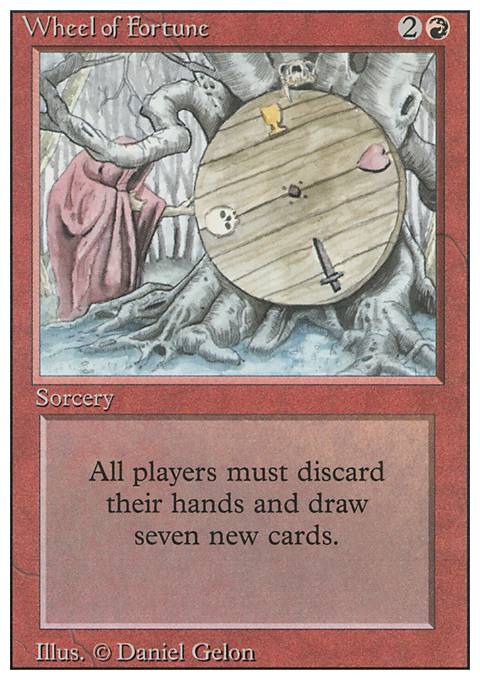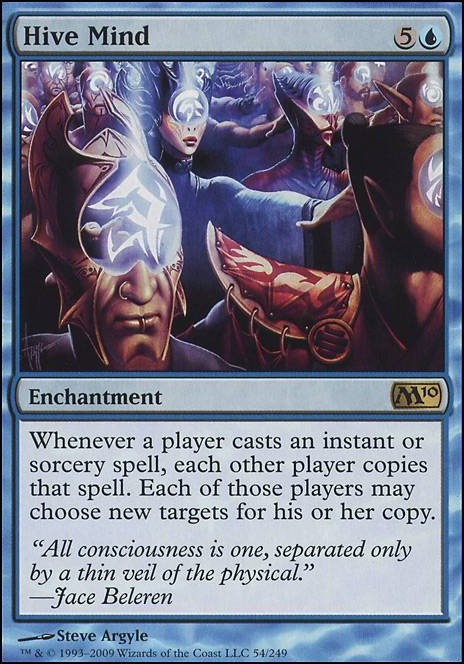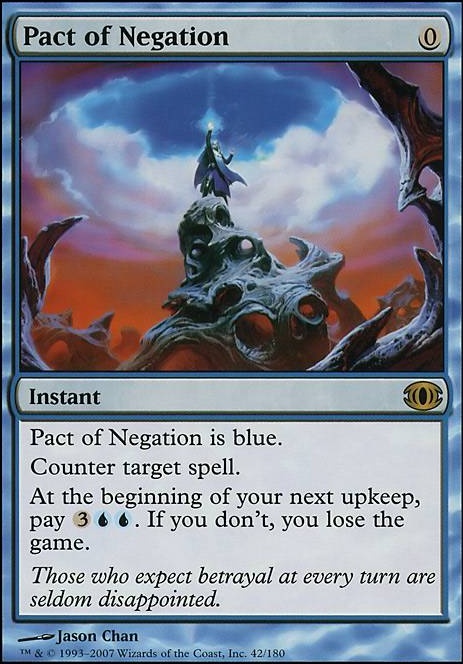Latest Decks
![Nekusar, the Mindrazer feature for Nekusar, the Friendship Destroyer [[PRIMER]]](http://static.tappedout.net/mtg-cards-2/CMM/nekusar-the-mindrazer/regular-1690497945.png)

Discussion
JA14732 on I just want a simple …
8 years ago
Okay, so I'll just give a quick primer on deck-building.
Keep the classic RPS model in mind:
Aggro < Combo < Control < AggroOrAggro < Midrange < Control < Aggro
Every deck with a plan fits into one of these 4 major archetypes (technically, there are 6+ but most play as variations of these 4), each of whom have a distinct goal.
Aggro, derived from the word "aggression," seeks to beat its opponents as quickly as is possible, often playing smaller, cheaper and more mana - efficient creatures and spells (Monastery Swiftspear, Goblin Guide, Zurgo Bellstriker, etc). Examples include Burn, Sligh and Affinity. These decks are strong early but the moment they run out of gas it's over. Red is usually preferred in these decks but isn't required.
Combo is an interesting archetype, seeking to assemble their combo in order to win instead of win in more "fair" ways. Examples of these combos include Deceiver Exarch + Splinter Twin , Exquisite Blood + Sanguine Bond and Hive Mind + Pact of Negation . These decks often can win completely out of nowhere, and have no cares about life total. There is no specific color identity in combo, but blue can be highly prevalent due to its draw power.
Control is the slow guy. Control decks seek to outdraw/outremove their opponents and use their sheer late game power to win. Popular cards in the past include Counterspell, Sphinx's Revelation, Damnation and Jace, the Mind Sculptor. By keeping your opponents down or healing off their attempts on your life, you win late. Blue is extremely popular in control decks, bringing draw power and counterspells to the table.
Midrange is the last major archetype. Its idea is to, after turn 3 or 4, always drop a strong threat on the board each turn. Popular cards in midrange include Tarmogoyf, Siege Rhino and Thragtusk. By keeping up on these threats, midrange decks force their opponents to spend cards to halt their board presence. Green is somewhat popular in midrange decks, supplying a good number of potent threats.
You also mentioned mill. I'm not going to go in depth, but mill is a "burn" deck that attacks the opponent's library instead of life total. It's kind of a weird aggro-control hybrid, but weak.
The best resource for learning more about the game is through practice, but Mark Rosewater's Making Magic column on the MTG Archives has some golden articles (you'll have to do some digging, I'm on a phone rn). Also mtgsalvation helped me a good deal early.
Good luck!


![Nekusar, the Friendship Destroyer [[PRIMER]] thumbnail](http://static.tappedout.net/chart/0-45-40-15-0-small.png)
